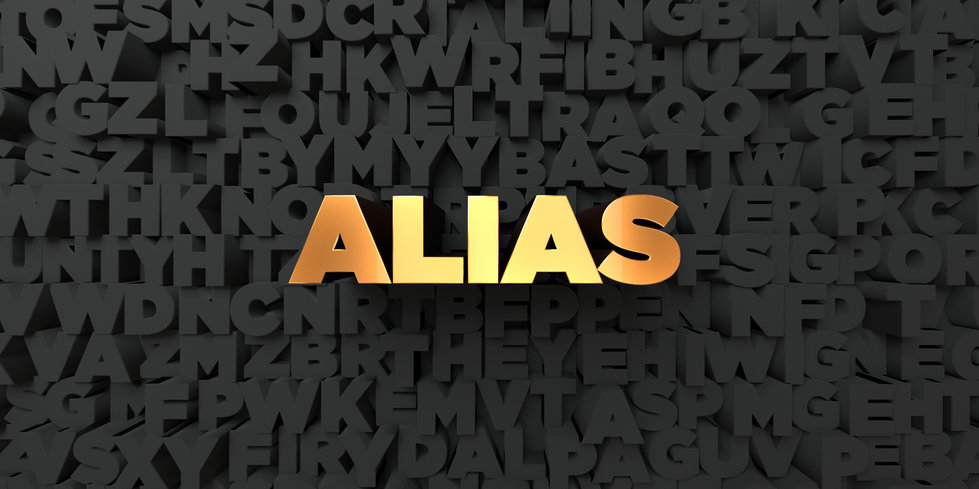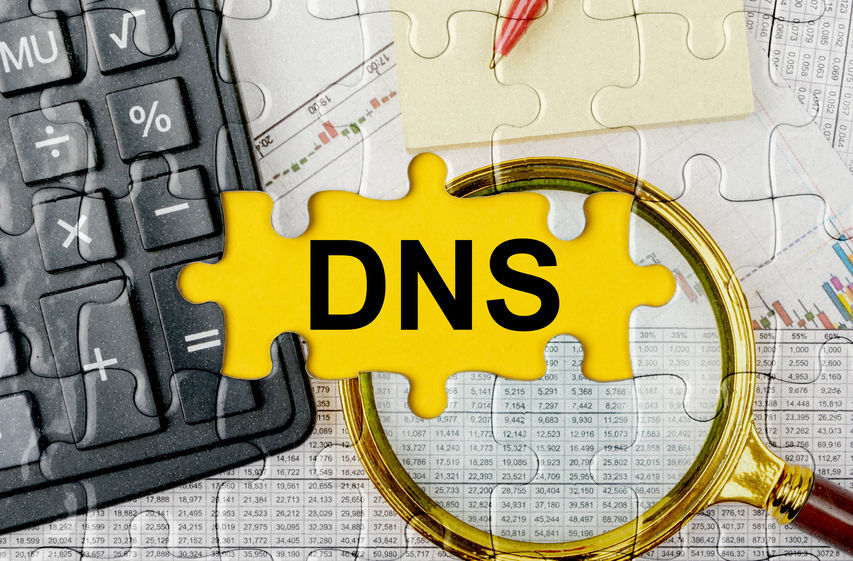DKIM record is a one really important DNS record type that you should know. So, today we will explore it. First, we will explain what it stands for and then how it functions. Finally, we will see its benefits. So, let’s start.
What does DKIM stand for?
A security standard for domains to sign outgoing emails through cryptographic authentication is the DKIM record, or DomainKeys Identified Mail. Domains can then show that the emails coming from their end are legitimate in this way. They are hence reliable. Additionally, the DKIM record secures communications to prevent tampering with them while in transit (sending server-recipient server).




